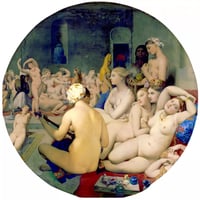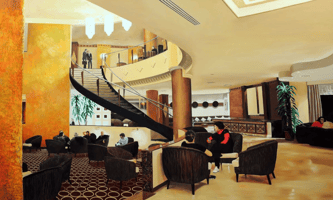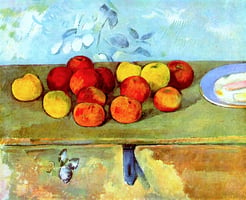Jean Auguste Dominique Ingres is one of the most celebrated painters of the 19th century. He was an...
Francisco Pacheco Pioneers the Revival of Spanish Art with His Creative Vision
The Spanish painter Francisco Pacheco (1564-1644) was a highly influential artist during the Baroque period. He was born in Seville, Spain, and was trained in the workshop of his father-in-law, the painter Luis Fernandez.
Pacheco was an exceptionally talented artist and was appointed court painter to King Philip III of Spain in 1617. He was also an art theorist and teacher, having written a treatise on painting in 1638.
Pacheco’s paintings are characterized by a realism and naturalism that was rare for the time. He was one of the first Spanish painters to use chiaroscuro, a technique of contrasting light and dark areas to create a sense of depth in a painting. He also was renowned for his ability to paint lifelike portraits, often using a limited palette to intensify the drama of the scene.
Pacheco was an important influence on the Spanish painter Diego Velázquez, who studied with him for several years. He was also a mentor to the renowned artist Bartolomé Esteban Murillo, who was a pupil in his workshop.
Pacheco was an influential figure in the history of Spanish painting, and his work continues to be highly regarded today. His paintings are held in the collections of major museums around the world, including the Museo del Prado in Madrid, the Louvre in Paris, and the Metropolitan Museum of Art in New York.




